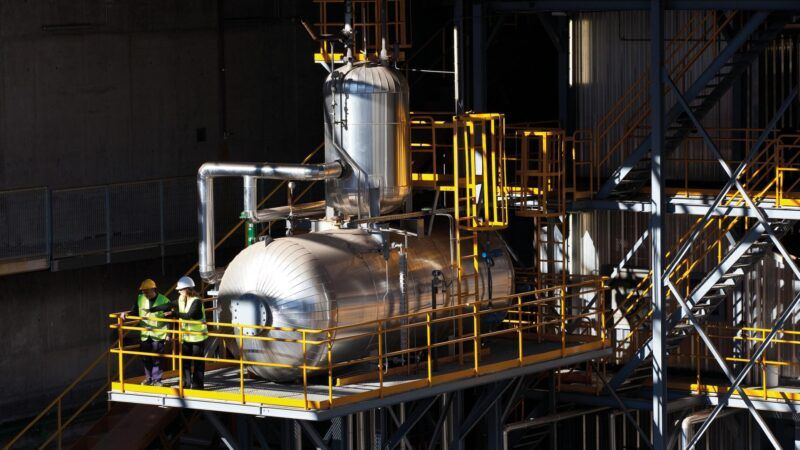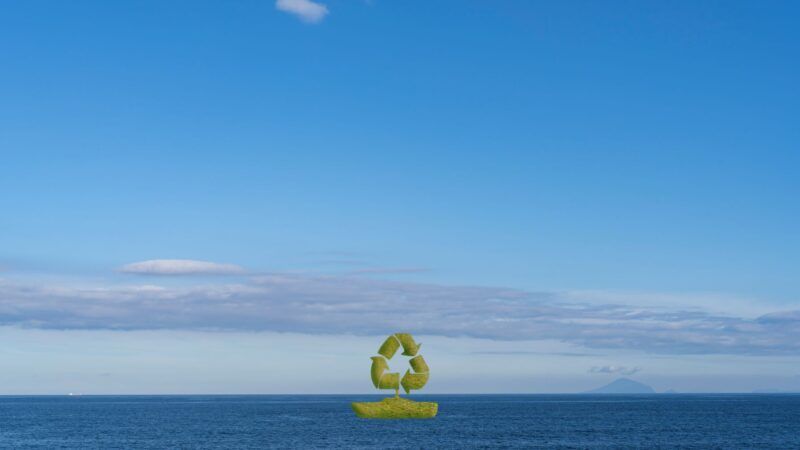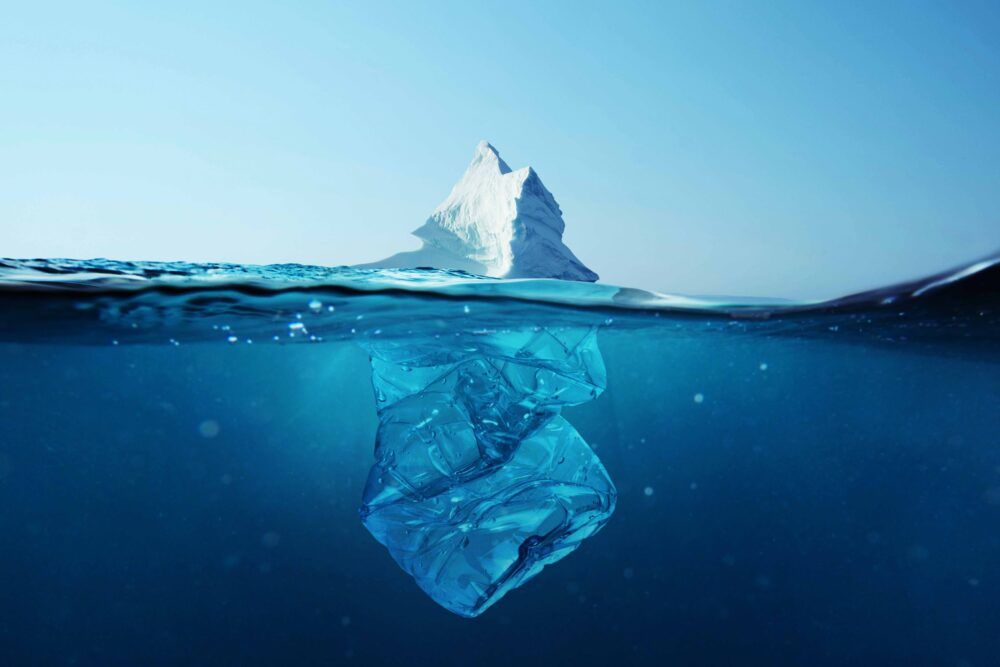
An ocean of plastic: why cleaning up the seas is not enough
It is not clear where the 11 million tons that end up in the oceans every year come from, but more and more initiatives are mobilizing people to participate in the collection of plastics and pellets on the coasts. And ports also have a valuable role to play in this clean-up process. But microplastics and toxic by-products also end up in our bodies, and the only thing left to do is to raise awareness to reduce the use of plastic. Are we ready?

A human barrier against plastics
It is practically impossible to calculate precisely how much plastic reaches the seas each year. But estimates do exist: the United Nations Environment Program (UNEP), for example, indicates some 11 million metric tons and warns that, if urgent and efficient measures are not taken, this figure could triple in the next two decades.
The data show the magnitude of the problem. The world produces some 430 million metric tons of plastic every year, two-thirds of which is transformed into products with one or a few uses that soon become waste. This waste, when not properly managed, ends up causing serious impacts on ecosystems.
Today, plastics are the basis of 85% of the waste in the sea. And their presence is not innocuous: animals ingest them, causing them to choke or fill their stomachs with this material to the point that they can no longer eat and die of starvation. According to the UN, plastics have been found in the digestive system of all species of sea turtles and almost 50% of the species of seabirds and marine mammals studied up to the year 2022.
Many marine organisms, even the smallest, ingest plastics and microplastics. This causes them to absorb different chemicals (of the up to 10,000 compounds that can be added to plastics) that end up being transferred throughout the food chain until they reach humans, with possible health problems that have yet to be investigated. Studies have found plastics in blood samples, lungs, placenta and even breast milk.
In addition, larger pieces of plastic can cover organisms such as corals, preventing them from receiving sunlight until they die.
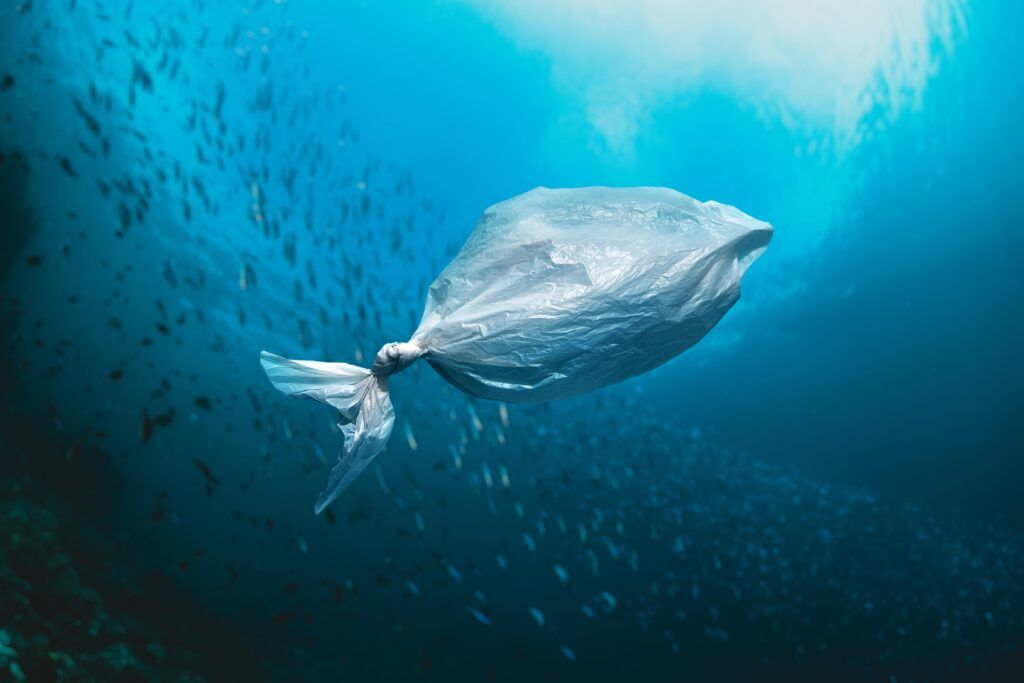
From cleaning to awareness
The list of figures and consequences goes on, which has led to the creation, in 2022, of a committee to draft a global treaty to combat plastic pollution. By the end of 2024, UN Member States are expected to reach an agreement and approve a legal and binding instrument that, due to its importance, is already being compared to the Paris Agreement (the one that establishes measures to reduce greenhouse gas emissions and curb climate change).
The consequences of plastic pollution have also mobilized an important part of the population. A good example can be found in the volunteers of Surfrider, an organization founded in 1990 by a group of surfers that seeks to mobilize citizens to protect rivers, lakes and the ocean. Among the many actions it organizes, this NGO includes plastic collection tasks with a threefold objective: to clean up natural environments, raise public awareness and understand the origin of waste in order to strengthen scientific research.
"These activities are complemented by extensive scientific research to better understand the problem of marine debris. By studying marine debris from its source to the ocean, through rivers, we try to find efficient solutions to reduce it," they explain.
In addition to Surfrider, there are many other names that in recent years have changed the relationship of thousands of people with the sea. Gravity Wave, We Sustainability or Oceánidas are some of the initiatives that involve, with different approaches and objectives, the community with the cleaning of the beaches.
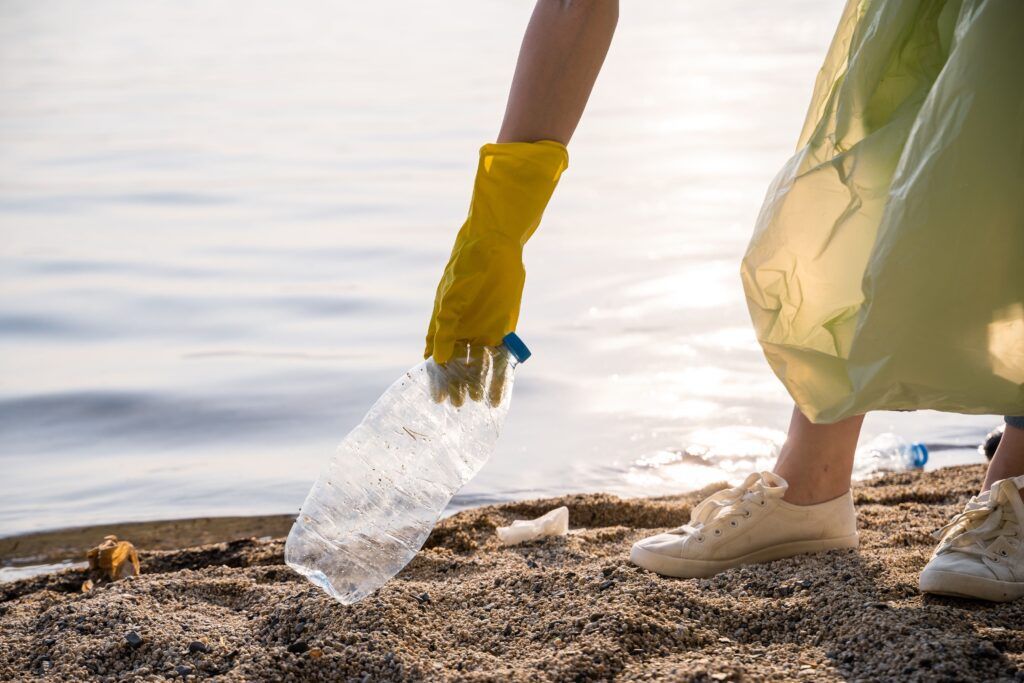
Volunteers on the surface... and under water
"Cleanup actions are a wonderful awareness-raising tool," says Pilar Zorzo, president of the Spanish Marine Litter Association (AEBAM). "Many times, when you arrive at a beach, you don't see much trash. It looks like a very nice beach to you and your thoughts stay there. But when you take a closer look, you find a lot of things".
Showing what often goes unseen is precisely one of the objectives of Oceánidas, an organization with more than half a million divers committed to the conservation of marine environments. They have access to the underwater world and to all the garbage that hides beneath the surface, which they try to show through their clean-up and awareness-raising activities.
"People who are on the beach start to see divers pulling tires, pipes, nets and all kinds of things from the bottom of the sea. That's when it's brought to their attention that this garbage can't be seen, but it's there. It seems that the sea swallows everything and can take it all, but it's not like that. It just happens that much of what it pollutes, we are not seeing it," explains Zorzo.
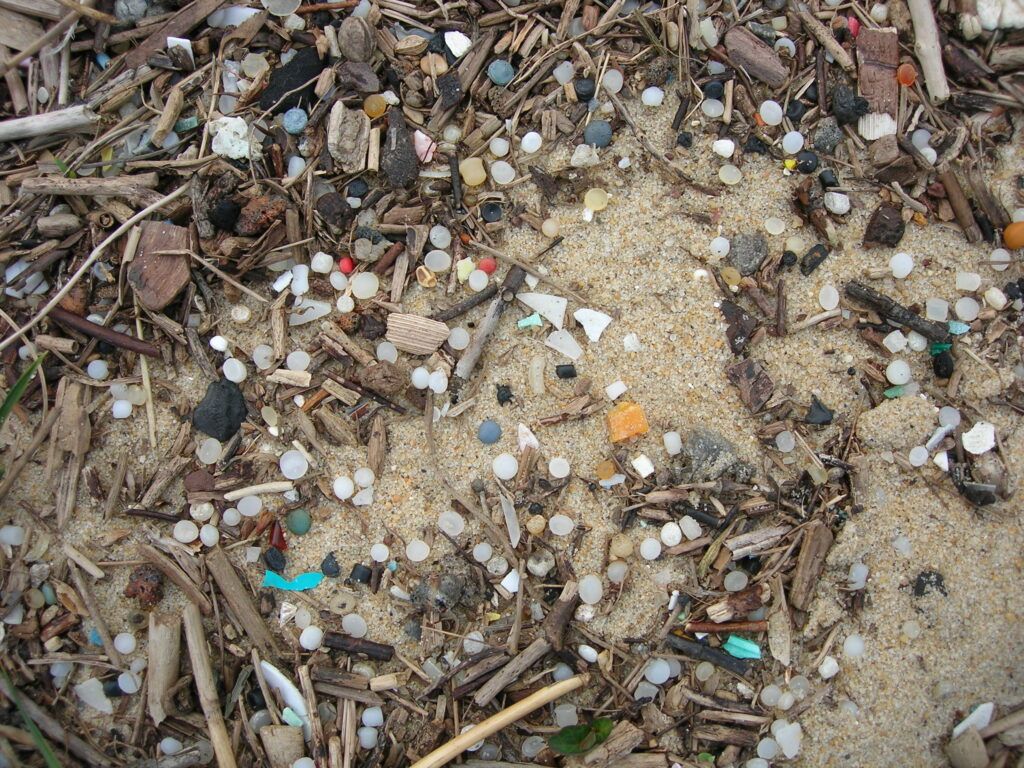
And what happens next with all this garbage?
Because the problem of decontaminating the oceans of plastics is what we then do with that plastic. In fact, only 10% of plastic is recycled worldwide. In the words of Ethel Eljarrat, director of the Institute of Environmental Diagnosis and Water Studies (Idaca), CSIC, "of the 8,000 million tons of plastic manufactured in history, about 6,000 million are still waste".
One of the keys that these organizations try to convey is the importance of reuse. Gravity Wave, for example, invites companies from different fields and sectors to collaborate to transform this waste into new raw materials that have a positive impact and make the circular economy a reality.
Ports against plastic
Because of their location midway between the sea and the coast, ports are key places to promote, coordinate and carry out plastic cleanup tasks. "Ports are doing a very valuable job collecting all the garbage that fishermen bring ashore, as well as promoting trash fishing actions," Zorzo points out.
In this sense, projects such as Marviva, promoted in 2015 by the Barcelona Fishermen's Guild, the Catalan Waste Agency and the Barcelona Port Authority, can be highlighted. This consists of fishermen voluntarily taking the marine waste they collect with their nets to land and depositing it in containers in the port.
Some ports have gone a step further and rely not only on the support of the public, but also on technology, to clean their environment of plastic. This is the case, for example, of the Port of Hamburg. Through the SeaClear-Project, it has opted for a team of autonomous robots that, thanks to underwater detection sensors, find the garbage on the seabed and remove it.
This collection system is part of a larger project in which the Port of Hamburg collaborates with local communities to raise awareness of the impacts of pollution in the oceans, and with other nearby ports to exchange information and develop solutions that go even further.
Data to nourish citizen science
Another major objective is to raise awareness of the need to reduce the use of plastic, especially single-use items, and to dispose of them correctly. In order to make citizens and institutions aware of the magnitude of the problem posed by the presence of plastics in the sea, data is needed. And that is where citizen science comes into play.
"Cleaning up is fine, but it is equally important to carry out a survey to find out what we are removing and what types of plastic objects are most abundant in the sea. In this way, we can get to the source of the problem, a problem that will not be solved until this waste is no longer generated," explains the director of AEBAM.
To facilitate the registration and exchange of information, the Asociación Vertidos Cero coordinates the Marnoba platform. This citizen science project is based on an app in which citizens can enter information about marine litter to advance in the search for solutions to this problem.
"It allows us to record the garbage found on the beach and on the seabed, the garbage collected by fishermen in their daily fishing tasks and the floating garbage sighted by sailors," says Zorzo, who was involved in the creation of the platform in 2012. The resulting information can be consulted on the project's website and, once a year, the data is transferred to the Ministry for Ecological Transition and Demographic Challenge (MITECO) to complete the information collected by the administration.
"Marnoba, thanks to all the information provided by volunteers, is very useful. The Ministry counts data from about 20 beaches throughout Spain, while Marnoba monitors hundreds of them. Thanks to the community's action, the effect is multiplied," adds Zorzo.
Another citizen science project that is very relevant and interesting is Observadores del Mar, coordinated by the Consejo Superior de Investigaciones Científicas (CSIC) and other scientific centers and institutions. Among its different objectives is to involve different groups in the collection, monitoring and sampling of microplastics on Spanish beaches. "The diagnosis of their accumulation gives visibility to the problem of microplastics and their effects on the ecosystem," they explain on their website.
The fight is not only against what is seen, but also against what is not seen.
And against what should not end up in any ecosystem.
The best plastic is the one that is not used.



